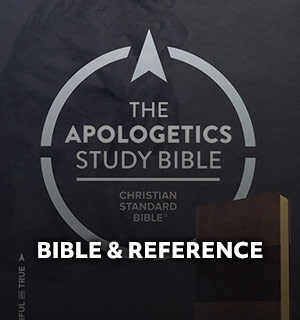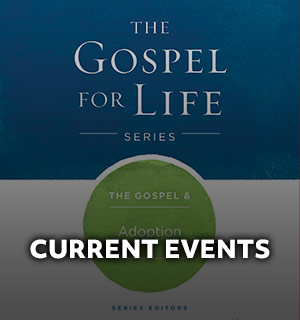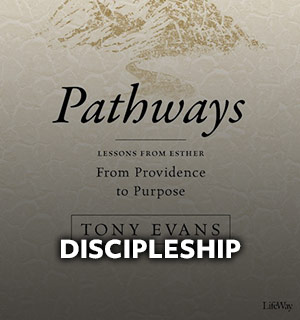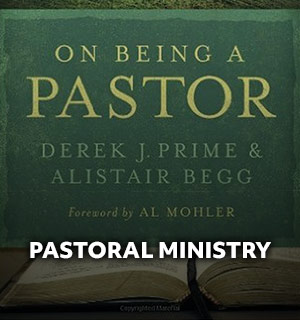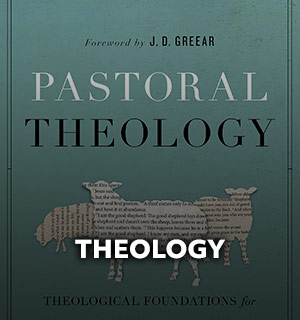
By Craig Thompson
I pastor a wonderful church that loves Jesus and one another. They respond well to my preaching and are a joy to lead.
We have contractors, teachers, military personnel and veterans, landscapers, loggers, timber-buyers, social workers, stay-at-home-moms, law enforcement officers, and small business owners. We’re a blue-collar church.
In fact, even those who don’t work traditional blue-collar jobs still live with a sort of blue-collar attitude. Our parking lot is filled with trucks and SUVs, and most Sundays, you can count the number of ties on one hand (mine included).
This is my church. These are the people God has called me to shepherd. When I step behind the pulpit (it’s really more of a podium) on Sunday mornings, I’m preaching to the saints of Malvern Hill in Camden, South Carolina.
Try as I might, I’ll never succeed in making one of my church members into someone they’re not. Therefore, when I stand up to preach on Sunday mornings, I better preach to my people.
Many pastors have lost their influence and even their jobs because they preached to a fantasy congregation that existed in their heads rather than the people in front of them.
The sermon illustrations didn’t fit the congregation, and in the process, pastors like this lost the opportunity to preach to the people to whom God had called them.
Writing to the churches of the dispersion, Peter urged the elders to “shepherd God’s flock among you” (1 Peter 5:2). Faithful preaching begins at home.
If you neglect to care for the flock God has given you, you’re unqualified to preach to anyone else. Preach to your people in the following three ways.
1. PREACH TO ALL OF YOUR PEOPLE
It can be easy to identify a particular affinity group or generation in your church for whom you craft your messages. You may be tempted to preach to those in your age group.
If you’re in a church with a large senior adult presence made up of people who exert significant control, it can be tempting to tickle their ears with sermons and a worship style that’s particularly agreeable to them.
But one of the greatest temptations is to preach only to the people you hope will fill your church. This is one of the weaknesses of a “seeker-sensitive” approach to ministry.
When Rick Warren set out with his team to plant Saddleback Church, they famously crafted a fictional character who depicted the kind of person they were aiming to reach.
Their efforts at engagement focused on reaching “Saddleback Sam,” the prototypical person who occupied the community surrounding Saddleback Church.
For missional purposes, it’s wise to know your community and work to engage with the people within it. However, no community is monolithic.
Even if a church begins as a mono-cultural organism, a healthy church will quickly morph to include all kinds of people—different races, different socio-economic groups, different age groups, married people, single people, and even people from different religious backgrounds.
As a result, the sermons can’t all focus on reaching “Saddleback Sam.” Rather, the sermons must apply to Sam’s cousin, girlfriend, boss, and even Sam’s homeless friend from the gym.
Over time, Sam will age, and Sam’s situation in life will change. Therefore, even preaching that reaches Sam ten years from now will need to vary from the preaching that first brought him to Christ.
As the pastor, you must work to preach to all of your people. Not every sermon will be equally applicable to every person within the church, but you should make every effort to engage a wide audience in your preaching.
Make sure your choice of Scriptures is broad enough to engage people at every level of Christian growth. Use illustrations that appeal to doctors and lawyers, but farmers and plumbers as well. Preach to all of your people, and you’ll build up your entire church.
2. PREACH TO CONNECT
Preaching to your people involves more than being satisfied with your station in life. Preaching to your people means knowing them well enough to preach sermons that connect with them.
The Word of God doesn’t change, but the portions of Scripture you preach from and the way you preach the Word will change depending upon your situation.
When I went to Malvern Hill, they were about 10 years removed from a church split. The reasons for the split were varied, but part of it involved different opinions on the subject of Calvinism.
By the time the ugly scene ended, there was little grace to be found. The church was divided and nearly devoid of leadership.
Our church was evenly balanced between those who’d define themselves as Calvinists and those who’d define themselves as anything but a Calvinist. As a result, biblical words like election and predestination were off limits in teaching and conversation.
Knowing this about the history of the church, I avoided those issues like the plague for the first 18 months or so of my tenure.
However, as I prayed through this division and saw the lingering effects in conversations with people about that tough time in the church’s history, I became convinced we needed to stop running from the pain, and face it head-on.
As a staff, we prayed, and I began a sermon series through Ephesians. I still remember the look of concern and pain on one of our pastor’s face the Sunday morning I broached the doctrine of election.
What happened? Nothing. I didn’t get fired, and I don’t remember an altar flooded with people praying and repenting of sin. What I do know is we began to heal.
We began to bring the skeletons out of the closet. The pain came into the light, and the gospel began to work its healing power. But, that was only possible because I knew my church and I knew her people.
I’d listened to their pains and their struggles. I knew they wanted to move on, but I also knew they were afraid. They’d seen the division and the strife. They needed someone to lead them to the healing waters of the Jordan.
Preaching to connect doesn’t just mean preaching with the correct vocabulary or culturally appropriate illustrations. Those things matter, but they probably don’t matter nearly as much as getting to know your church.
Know your church well enough to be able to speak into the real life of the church from the pulpit and not the imagined church of your fantasies.
Preaching to connect also means preaching with enough patience to wait until the time is right. Had I tried to lead our church through the doctrine of election in my first two months, I wouldn’t have survived.
It wouldn’t have been their fault; it would’ve been mine.
3. PREACH TO THEIR HURTS
We often focus on the hard-heartedness and stubbornness of the Hebrew people as their reason for not listening to Moses. However, in Exodus 6:9, the Bible tells us “they did not listen to him because of their broken spirit and hard labor.”
God has sent you to a people who are not a blank slate. Just as you come to them with baggage, they come to you with baggage.
Consider your church’s collective history and the individual stories of those to whom you preach. They may be hesitant to hear your preaching. But, maybe they aren’t as mean-spirited and hard-hearted as they appear.
Perhaps they’ve been burned. Maybe they’ve been beaten up by pastors and preachers, or maybe they’ve been beaten up by life.
Preach to the real people in the pews. God has called you, not only to be their preacher but to be their pastor. You are their shepherd, and the shepherd who will bind up his broken sheep must first know their ailments.
You also must get to know the pains and the struggles of your people. Investigate their stories and pray for wisdom as to how God may have you preach into these stories.
There is a balm in Gilead, and you can take them there. But only if you will shepherd them–the people of your church.

Craig Thompson
Craig is the husband of Angela, father of four, and senior pastor of Malvern Hill Baptist Church in Camden, South Carolina.



